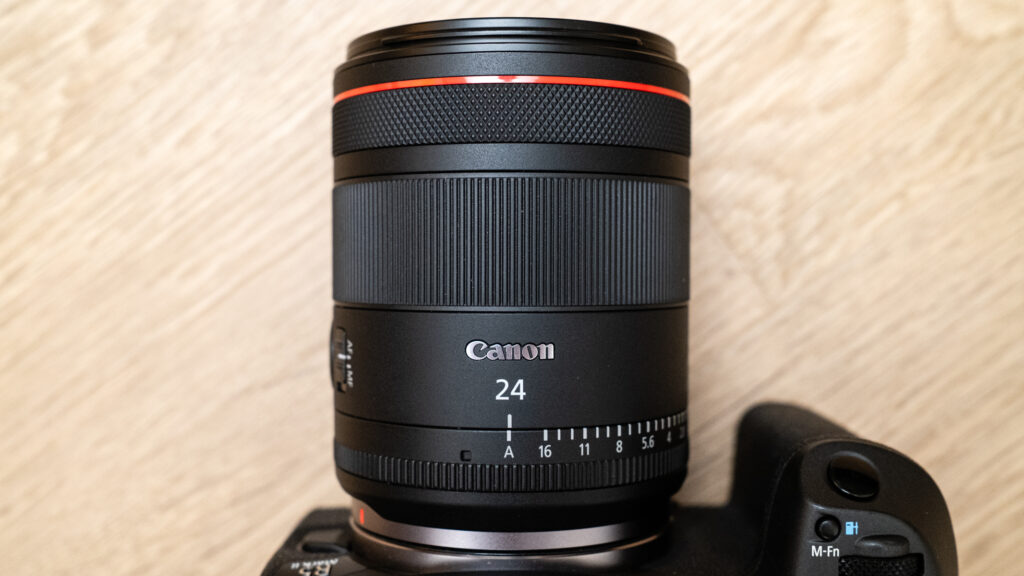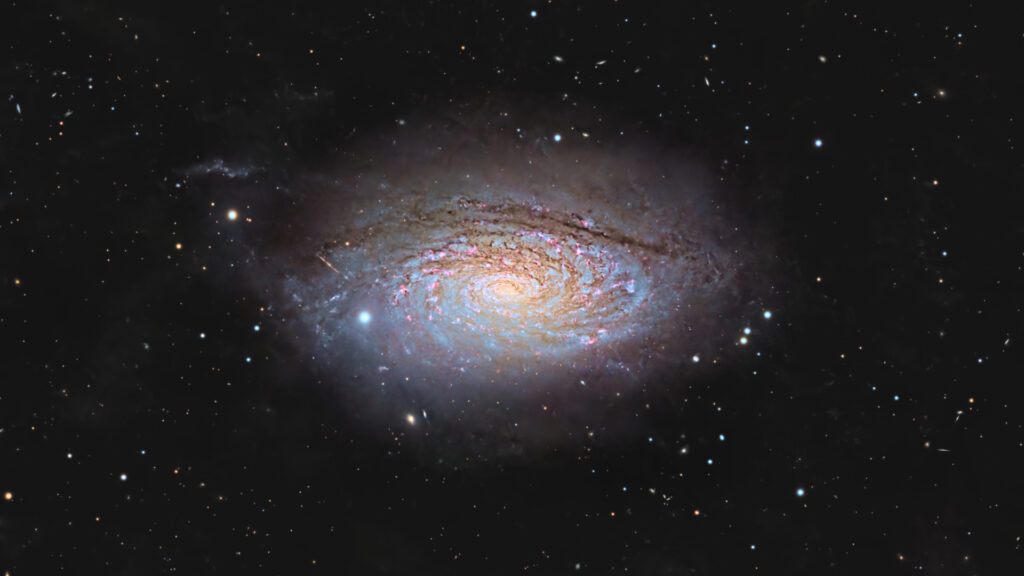The annual Ursid meteor shower will begin on Saturday (Dec. 17) and last through the Yuletide period until the day after Christmas day.
The Ursid meteor shower will peak on Thursday, Dec. 22, but the following day when the moon is in its fully dark new moon phase might be an opportune time to hunt for bright streaks and fireballs from this meteor shower.
Though at their peak the Ursids can produce around 22 meteors per hour, in dark conditions with little illumination from the moon, skywatchers can realistically expect to see between five and 10 meteors per hour.
Related: Meteor showers 2022: Where, when and how to see them
The Ursids are often overlooked as a meteor shower for several reasons. First, the shower falls during the holiday season each year, usually occurring between Dec. 13 and Dec. 24, when people tend to have other things on their minds.
Secondly, this meteor shower follows the more flashy Geminid meteor shower and even often intermingles with the peak of this other shower which runs between Dec. 4 and Dec. 20. This year the Geminids peaked on Wednesday, Dec. 14, three days before the Ursids are set begin.
The best way to see the maximum amount of meteors from any meteor shower is to look for them while the viewing location is pointed at the radiant, and when the radiant is high above the horizon. The higher the radiant is, the more meteors should be visible.
The radiant point of the Ursids is located in the constellation Ursa Minor and for viewers in New York City, this means it is always above the horizon, or “circumpolar,” meaning the Ursids should be visible through the night.
New York is turned towards the direction of the Ursid meteors at around 8:00 a.m. EST (1300 GMT) this time of year when the radiant point is at its highest. That means when meteors enter Earth’s atmosphere they rain down vertically producing trails close to the radiant and in principle, easier to spot.
Like all meteor showers, the Ursids are created when Earth passes through a cloud of debris left behind by an asteroid or comet as it makes its annual orbit around the sun. This explains why meteor showers occur at around the same time each year.
As these pieces of debris enter Earth’s atmosphere at high speeds they disintegrate, with the occasional larger pebble-sized debris piece causing a bright flash or a fireball.
The Ursids are created from debris from comet 8P/Tuttle which jettisons material as it passes close to the sun and radiation from our star transforms solid ice into gas, a process called sublimation.
Tuttle has an orbit around the sun that lasts around 13.6 years, which is a short orbital period for a comet. 8P/Tuttle is classed as a midsized comet, but still has a diameter of around 2.8 miles (4.5 kilometers). This means it is around the size of the island of Manhattan and is larger than 99% of known asteroids.
Read more: The Christmas asteroid challenge starts tonight. Here’s how to join in

It will be a while before 8P/Tuttle is back in proximity to the Earth. Its last close approach was in January 2008, when it came to within around 23 million miles (37 million kilometers) of Earth. It won’t be near as close to our planet again until Dec. 28, 2048, when it will pass us at a distance of around 26 million miles (42 million km).
The year 2130 will be a special one for 8P/Tuttle with the comet passing on Christmas day at a relatively close distance of around 14 million miles (22 million kilometers), over ten times closer to the Earth than the sun is.
Editor’s Note: If you snap a great photo the Ursid meteor shower and would like to share it with Space.com’s readers, send your photo(s), comments, and your name and location to spacephotos@space.com.
Follow us on Twitter @Spacedotcom (opens in new tab) or on Facebook (opens in new tab).


